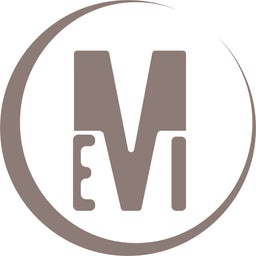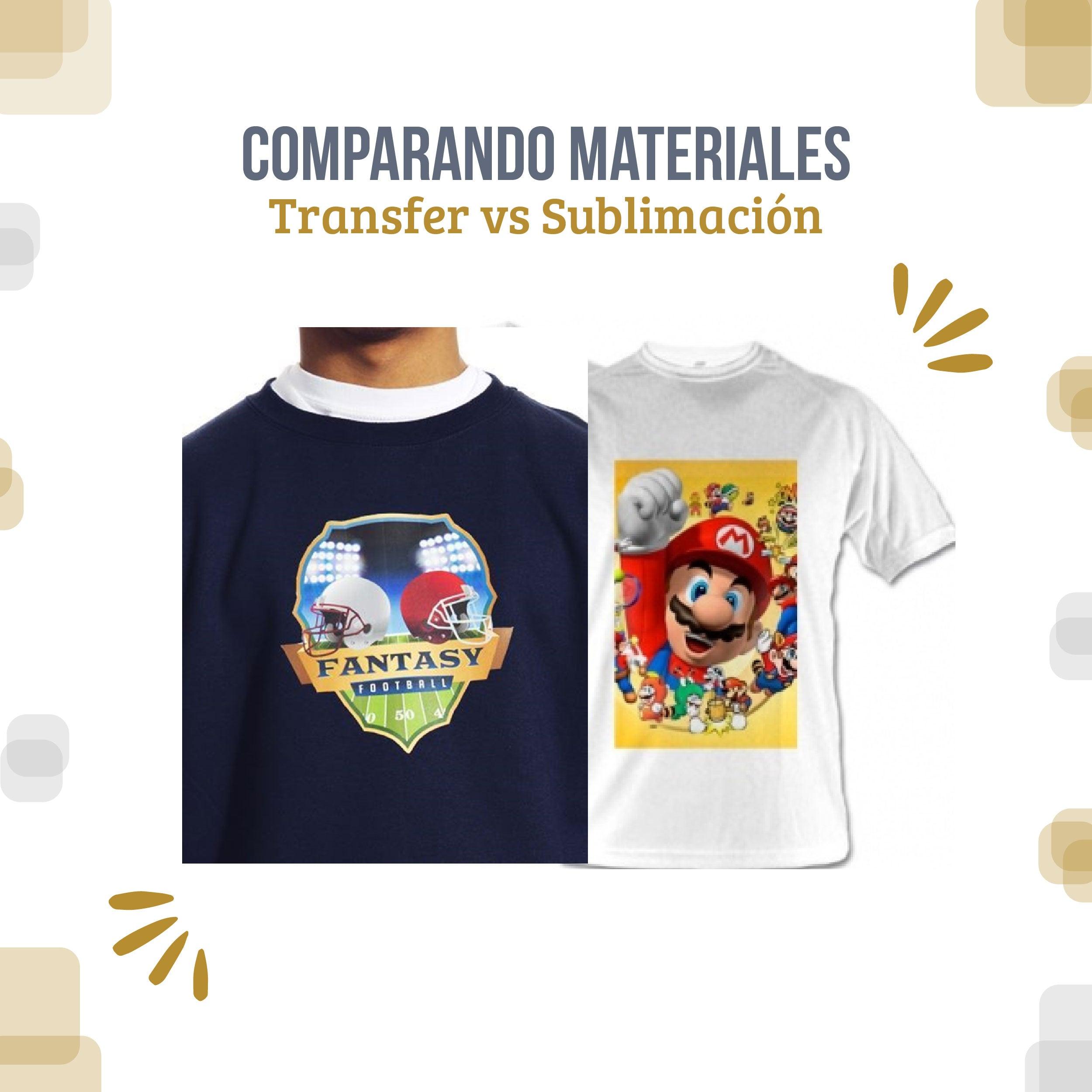En esta entrada vamos a hablar sobre algunas técnica de personalización de camisetas, cuales materiales y equipos necesitas, y que resultados hemos observado con respecto a estos, para que decidas cual es el más conveniente para ti.
Sublimación, consiste en transferir la tinta directamente sobre el tejido.
- Soportes: Textiles de fibras sintéticas, de colores claros. Si se trabaja en colores oscuros se recomiendo utilizar colores que no se vean afectados por el fondo.
- Materiales: Hoja de sublimación, Tinta de sublimación
- Equipos: Impresora de sublimación, plancha de sublimación.
- Resultados: Esta es una de las opciones más duraderas, ya que la personalización no se borra, lo único es que presenta limitaciones es en los colores utilizados, por lo que debemos de tener en cuenta esto. Por lo que si sabemos hacer una buena presentación podemos manejarnos en una gran variedad de tejidos personalizables.
Aquí puedes leer un poco más sobre estos tejidos: https://emigrouprd.com/blogs/desarrollo-de-tu-negocio/sublimacion-en-gran-formato
Transfer, este proceso consiste en adherir un polímero que cuenta con un fondo sobre nuestro tejido.
- Soportes: Textiles de fibras de cualquier tipo. La aplicación del transfer depende del color, por lo que tenemos "tela oscura" y "tela clara"
- Materiales: Hoja de transfer, Tinta de sublimación( sublicotton) o Tinta de sublimación (tela oscura)
- Equipos: Impresora de sublimación o impresora con tinta normal (depende de la base del transfer podría requerir láser), plancha de sublimación.
- Resultados: Esta es una de las opciones más versátiles, porque nos permite trabajar una gran variedad de materiales, igualmente cuenta con un proceso corto solo requiere un planchado de 20-30 segundos. La principal desventaja es su durabilidad, al ser un polímero que se adhiere luego de unas cuantas lavadas se desgasta.
Aquí puedes leer un poco más sobre estos papeles y conocer el proceso: https://emigrouprd.com/blogs/desarrollo-de-tu-negocio/otros-productos-para-sublimacion-papel-transfer
Polimación, este proceso consiste en un proceso parecido al transfer, la diferencia es que a los papeles luego de imprimirlos se plancha con un soporte que es lo que se adhiere sobre el tejido.
- Soportes: Textiles de fibras de cualquier tipo. La aplicación del transfer depende del color, por lo que tenemos "tela oscura" y "tela clara"
- Materiales: Hoja A(papel de impresión) u Hoja B(papel con polímero)
- Equipos: Impresora Láser plancha de sublimación.
- Resultados: Este proceso vino a competir con el transfer, debido a que tiene un acabado más suave y con más duradero, pero es un polímero adherido sobre nuestra camiseta. La desventaja que presenta es que requiere doble planchado y si uno de estos no se hace de forma óptima puede disminuir la calidad del resultado.
Vinil Textil de corte, este material es un polímero termoadhesible que al entrar en contacto con el calor se adhiere sobre la superficie.
- Soportes: Cualquier tipo de textil
- Materiales: Vinil textil ya sea en rollo u hoja
- Equipos: Plotter de corte
- Resultados: Este es una de los proceso más sencillos, su principal ventaja es la durabilidad, y la facilidad de uso. Aparte de que cuenta con una gran variedad de acabados lo que nos permite diversificar nuestros proyectos.
Esta es una comparación sobre las técnicas y procesos básicos para personalización nuestras camisetas, es importante que definas cual proceso deseas aplicar y cual podría funcionarte mejor.



